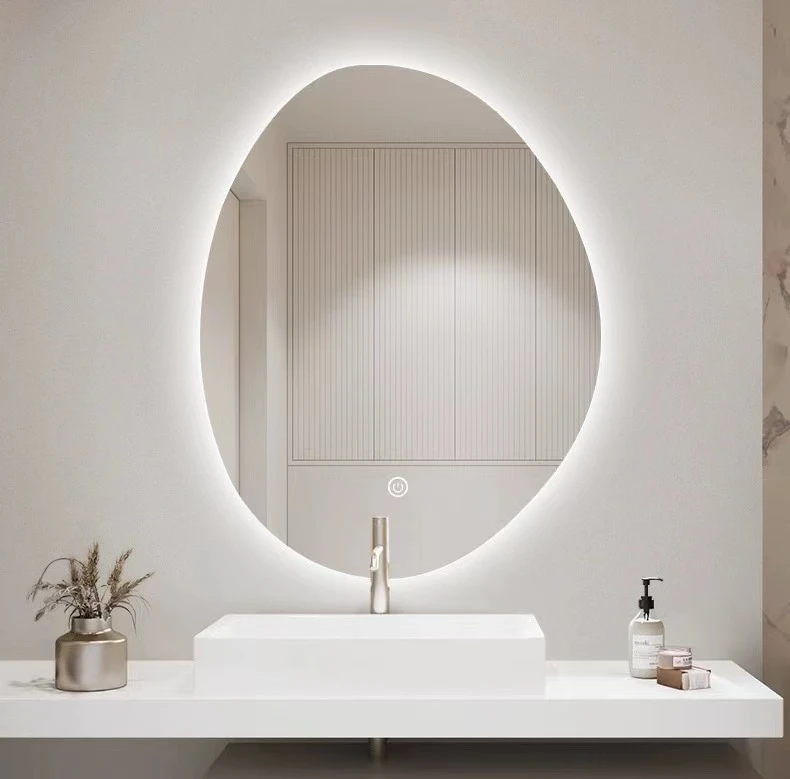

The Versatility of Tin Float Glass A Modern Architectural Marvel
Tin float glass, often referred to simply as float glass, has revolutionized the way we approach windows, facades, and other glass applications in contemporary architecture. This innovative material has set new standards in both aesthetics and functionality, making it an indispensable component of modern design practices.
The process of producing tin float glass, developed in the mid-20th century, involves melting raw materials, primarily silica, soda, and limestone, and then floating the molten glass on a bed of molten tin. This unique method results in a glass surface that is exceptionally smooth, free of distortion, and uniformly thick. The outcome is a high-quality product that dramatically enhances the clarity and luminosity of spaces when used in windows and large glass panels.
One of the most notable aspects of tin float glass is its remarkable energy efficiency
. With the rise of concerns regarding energy consumption and environmental sustainability, this material has emerged as a champion for eco-friendly building practices. Many varieties of float glass are designed to minimize heat transfer, allowing natural light to illuminate interiors while effectively regulating temperature. This not only reduces the reliance on artificial lighting but also contributes to lower heating and cooling costs, making buildings more sustainable and economical.
In addition to its energy-efficient properties, tin float glass is also highly customizable. Architects and designers can choose from a vast array of finishes, colors, and coatings that enhance both performance and appearance. From low-emissivity (Low-E) coatings that improve thermal efficiency to tinted and reflective varieties that offer privacy and reduce glare, the versatility of tin float glass empowers creative expression without compromising on functionality.
Moreover, the increasing demand for transparency and seamless integration between indoor and outdoor spaces further highlights the importance of float glass in architectural design. It fosters a sense of openness and connection to the environment, transforming urban landscapes into vibrant, light-filled havens.
The durability and resilience of tin float glass also cannot be overlooked. It is designed to withstand various environmental stresses, including thermal expansion, making it suitable for a wide range of applications, from residential projects to commercial skyscrapers.
In conclusion, tin float glass stands as a testament to human ingenuity and the quest for sustainable, aesthetically pleasing solutions in architecture. Its combination of clarity, efficiency, and adaptability ensures that it will remain a favored material in the construction industry for years to come, shaping the way we visualize and inhabit our spaces.